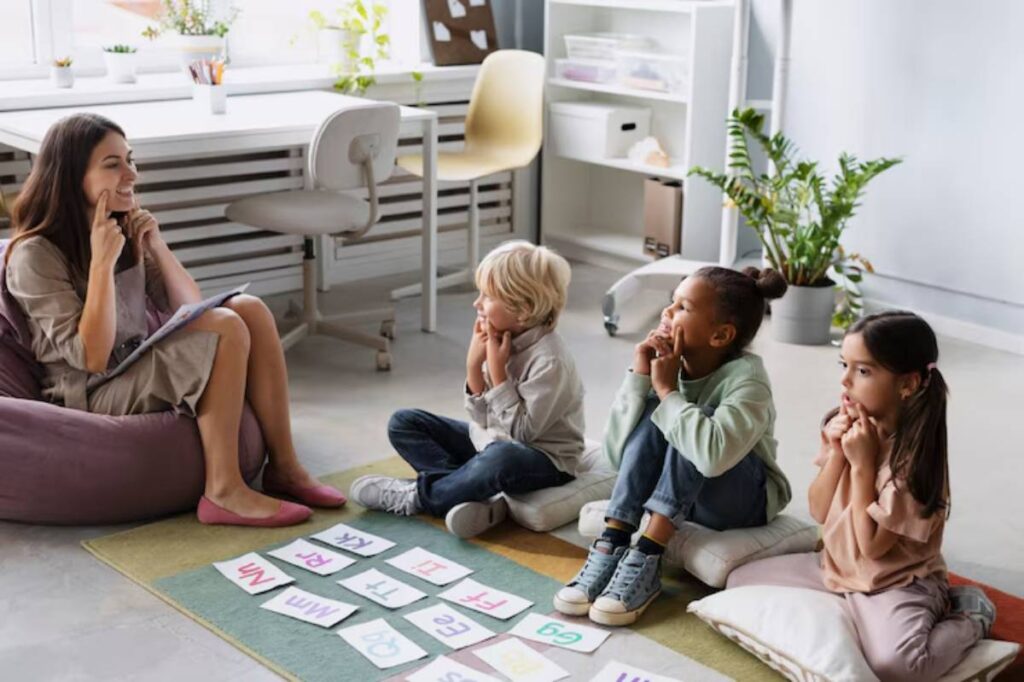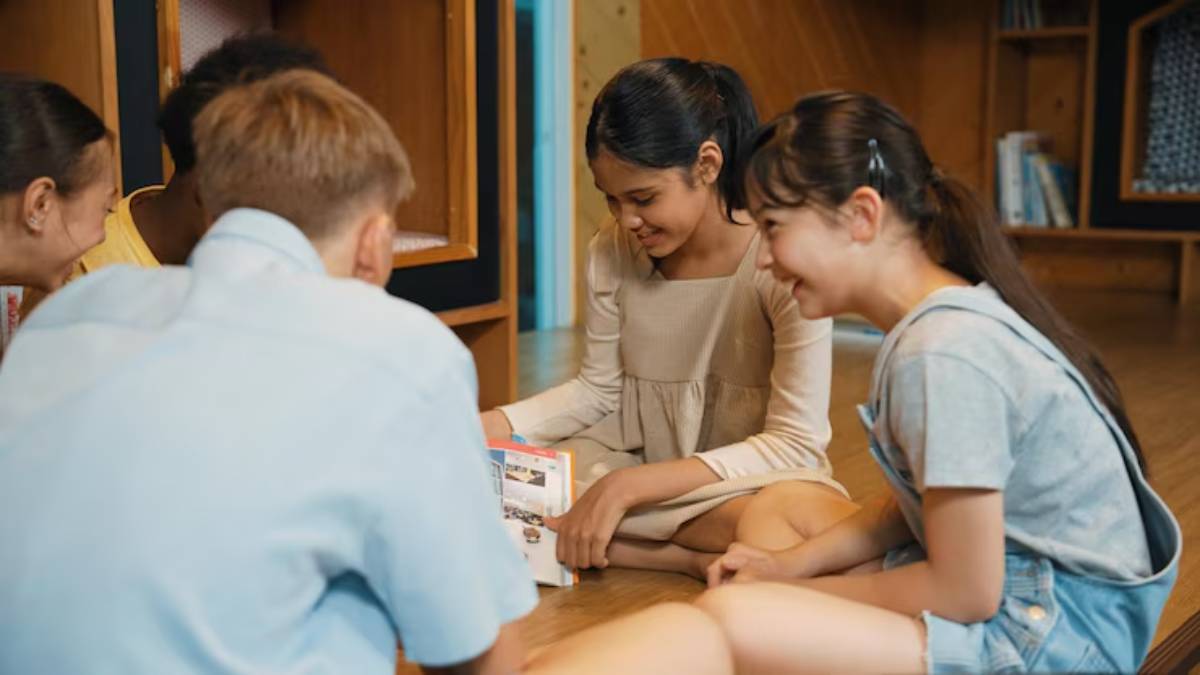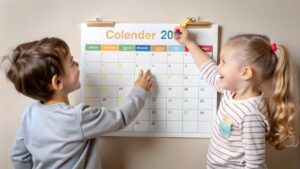The Education Blog

Building an IEP or Learning Plan at Home
When your child has a learning disability or special educational need, homeschooling can feel like both a blessing and a burden. You love the flexibility. You want to meet them where they are. But some days, it’s hard to know if you’re doing enough — or doing it right.
This is where a homeschool IEP or learning plan comes in. It’s not about bureaucracy. It’s about clarity. About having a clear map for where your child is, what they need, and how you’re supporting their progress.
If you’ve withdrawn from public school, you might already be familiar with IEPs (Individualised Education Programmes). But in a homeschool setting, the formalities are often left behind — and it’s up to you to ensure the support continues.
In this guide, you’ll learn how to build an effective learning plan for disabilities at home — from setting goals and tracking progress to documenting accommodations. Whether your child has ADHD, dyslexia, autism, or another learning challenge, this approach will help you teach with confidence, compassion, and purpose.
What Is an IEP — and Why Might You Need One in Homeschool?
An IEP is a document that outlines a child’s educational goals, specific needs, and the strategies or services used to support them. In public schools, it’s a legal document. In homeschooling, it’s a personalised plan — but still incredibly useful.
Why Create a Homeschool IEP?
- To clarify learning goals
- To document progress and support needs
- To ensure you’re meeting your child’s individual learning profile
- To help with future transitions (e.g., returning to school, applying for accommodations)
- To feel less overwhelmed and more structured
Even if your region doesn’t require one, a homeschool IEP serves as a roadmap for you, your child, and any specialists or tutors you may bring on board.
Key Components of a Homeschool IEP or Learning Plan
While not legally binding, your homeschool learning plan should follow a thoughtful structure. The goal? To reflect your child’s current reality — and help guide future decisions.
Your Plan Should Include:
- Student Information and Diagnosis (if applicable)
- Include any diagnoses, support needs, or learning differences (formal or suspected).
- Strengths and Interests
- What does your child love? What motivates them? Start here — always.
- Areas of Challenge
- Detail any specific learning, emotional, or behavioural challenges.
- Long-Term Learning Goals
- These are broad outcomes — e.g., “Improve reading fluency,” “Develop social communication skills.”
- Short-Term Objectives
Gathering the Right Information
Before drafting your plan, collect as much relevant data as you can.
What to Include:
- Previous school reports or IEPs (if transitioning from school)
- Professional assessments (psychologist, speech therapist, occupational therapist)
- Your observations over time — what works, what doesn’t, what triggers stress
If your child hasn’t been formally diagnosed but you suspect learning challenges, you can still build a responsive plan based on observed needs.
For guidance on tracking growth day to day, explore keeping individual learning on track for each child — a key strategy for staying informed and consistent.
Writing SMART Goals for Your Learning Plan
SMART goals are:
- Specific
- Measurable
- Achievable
- Relevant
- Time-bound
Instead of:
“Get better at writing.”
Try:
“Write three complete sentences using capital letters and full stops by the end of Term.”
This clarity helps you measure progress, and helps your child see their own growth.
Planning Accommodations That Actually Help
Accommodations aren’t about lowering expectations — they’re about creating access.
Reading Support:
- Use audiobooks or text-to-speech tools
- Reduce written volume, focus on comprehension
- Highlight key vocabulary before reading
Writing Support:
- Offer dictation software or scribing
- Allow drawing or voice-recording instead of essays
- Use graphic organisers to structure ideas
Emotional and Focus Support:
- Use visual timers and cues
- Build in sensory breaks
- Offer a quiet space or noise-cancelling headphones
These small shifts can make a big difference — not just in performance, but in confidence.
Structuring the Week Around the Plan
Your learning plan doesn’t exist in a vacuum. Integrate it into your weekly rhythm so that goals and accommodations become part of your day — not an afterthought.
For example:

- Monday Goal-focused reading session using phonics tiles
- Wednesday Maths using visuals and manipulatives
- Friday Social communication practice through group games or co-op sessions
By embedding the plan into real life, it becomes a living document — not just paperwork.
If you’re already managing lessons across multiple children, these adjustments can complement your group teaching strategies that work at home, ensuring each learner gets what they need.
Keeping a Progress Log
Tracking helps you stay on course and shows evidence of effort, especially important if you’re reporting to a district or planning a return to school.
Simple Ways to Track Progress:
- Weekly bullet-point notes on what was completed
- Photos of work samples
- End-of-term reflections (from you and your child)
- Comparison of beginning vs. current abilities
Even a simple notebook or shared digital folder can serve as a powerful tracking tool.
Reviewing and Updating the Plan
Children grow. Needs change. Your plan should too.
Set a schedule for review:
- Every term (3 months) is a good starting point
- Ask What’s working? What needs adjusting?
- Celebrate progress — even small wins matter
Involve your child in reviews as they grow older. This builds self-awareness and encourages independence in learning.
When to Seek Outside Help
Even the most prepared parent can hit a wall — and that’s okay. Support is available, and seeking it is a sign of strength.
Consider:

- Consulting an educational psychologist
- Working with a special education consultant
- Joining a support network for parents homeschooling children with disabilities
- Accessing public or private therapy services (speech, OT, etc.)
Having a solid plan in place can actually make these conversations easier and more focused.
Common Mistakes to Avoid
- Trying to do too much at once Start with 2–3 main goals, not ten
- Copying school IEP templates word-for-word Make it yours — tailored to your setting
- Being too rigid Plans are meant to guide, not restrict
- Skipping reviews Regular check-ins ensure the plan evolves with your child
A plan is only helpful if it’s flexible, personalised, and consistently used.
Structure Empowers — It Doesn’t Constrain
Homeschooling a child with learning differences isn’t just about patience — it’s about having a plan.
A homeschool IEP or learning plan gives shape to your hopes and structure to your support. It helps you stop second-guessing yourself. It lets you measure progress with clarity, not guesswork. And most importantly, it tells your child I see you. I’ve thought about what you need. And I’m showing up for it.
So take the first step. Sketch out what you already know about your child’s strengths and challenges. Then write one learning goal — just one. Build from there.
Because when you homeschool with a plan, you’re not just teaching your child — you’re empowering them.









